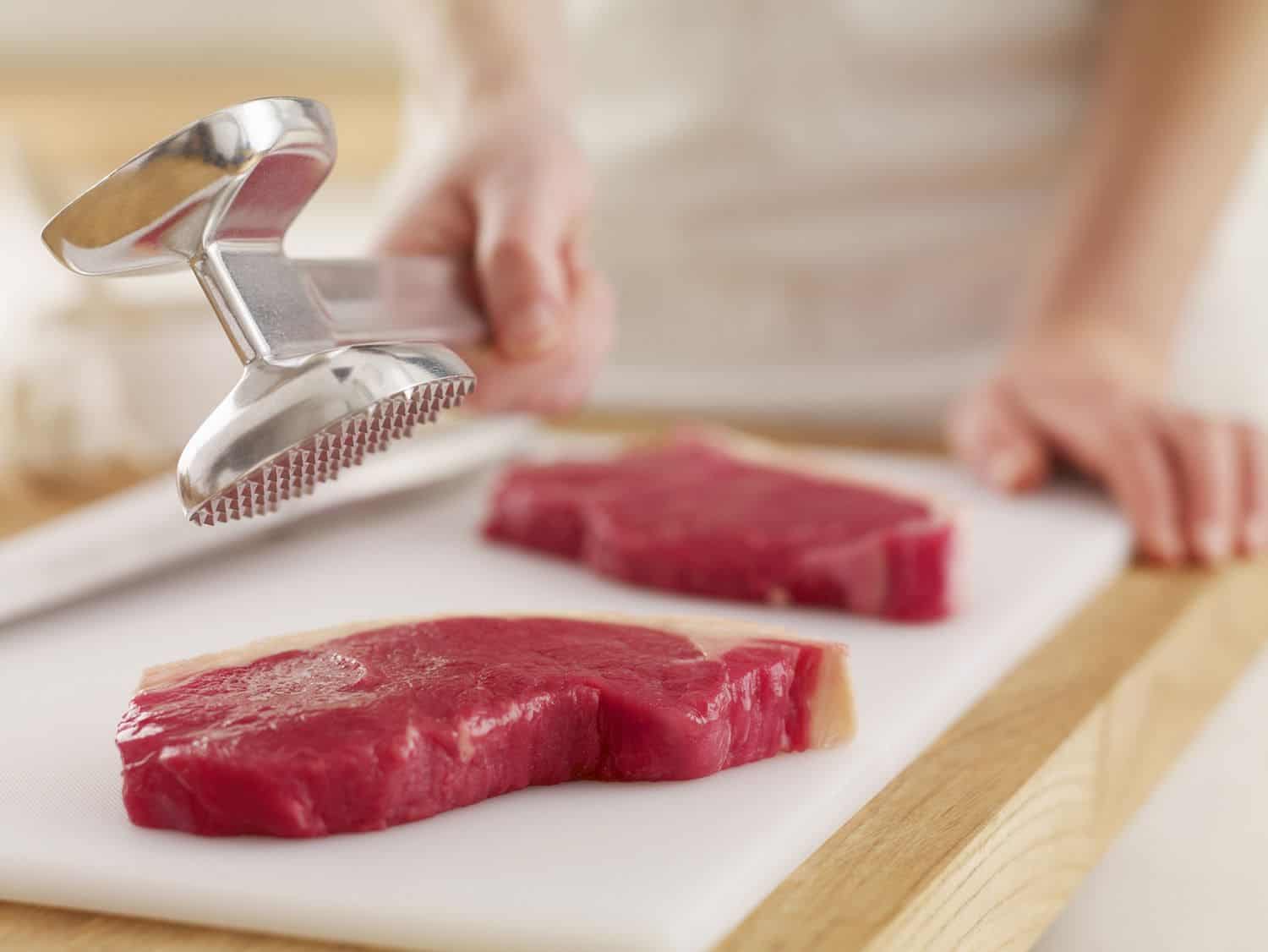How to Use a Needle Meat Tenderizer: Your Guide to Juicier, Flavorful BBQ
Written By James Morgan
Barbecue enthusiasts know that the secret to mouth-watering meat lies not only in the recipe but also in the preparation. One tool that has gained popularity in recent years is the needle meat tenderizer. If you're curious about how to use a needle meat tenderizer, you've come to the right place. This comprehensive guide will walk you through everything you need to know to get the most out of this indispensable BBQ tool.

Why Use a Needle Meat Tenderizer?
A needle meat tenderizer can transform your barbecue experience by making meat juicier, more flavorful, and easier to chew. It works by puncturing the meat with multiple tiny needles, which breaks down the muscle fibers and connective tissue. The result is a piece of meat that's tender and delicious.
Benefits of Using a Needle Meat Tenderizer
Using a needle meat tenderizer offers several benefits:
- Increased flavor absorption: The punctures allow marinades and seasonings to penetrate deeper.
- Reduced cooking time: The meat cooks more evenly and quickly.
- Enhanced texture: The meat becomes tender and easier to chew.
- Versatility: Suitable for various types of meat, including beef, pork, and chicken.

Choosing the Right Needle Meat Tenderizer
Before diving into how to use a needle meat tenderizer, it's essential to choose one that fits your needs. Here are some factors to consider:
- Number of needles: More needles mean faster and more thorough tenderizing.
- Material: Stainless steel needles are durable and easy to clean.
- Handle design: Look for an ergonomic handle for comfortable use.
- Safety features: Some models have safety locks to prevent accidental needle exposure.

Step-by-Step Guide on How to Use a Needle Meat Tenderizer
Using a needle meat tenderizer is straightforward, but there are a few key steps to ensure the best results:
Step 1: Prepare the Meat
Start by selecting your meat. Make sure it's thawed and at room temperature. Pat it dry with paper towels to ensure the tenderizer works effectively.
Step 2: Use the Needle Meat Tenderizer
Place the meat on a clean, flat surface. Hold the tenderizer with a firm grip and press it down evenly across the entire surface of the meat. Make sure to cover all areas to ensure uniform tenderization.
Step 3: Marinate the Meat
After tenderizing, it's time to marinate. The punctures made by the needle meat tenderizer allow the marinade to penetrate deeper, resulting in a more flavorful outcome. Choose your favorite marinade and let the meat soak for at least 30 minutes.
Step 4: Cook the Meat
Cook the meat as desired. Whether you're grilling, baking, or frying, the tenderized meat will cook more evenly and quickly.

Cleaning and Maintenance
Proper cleaning and maintenance of your needle meat tenderizer will ensure it lasts for years to come:
- Disassemble the tenderizer (if possible) for thorough cleaning.
- Wash all parts with warm, soapy water.
- Use a brush to remove any meat particles trapped in the needles.
- Dry all parts completely before storing.
Common Mistakes and How to Avoid Them
Even seasoned barbecue enthusiasts can make mistakes when using a needle meat tenderizer. Here are some common pitfalls and tips on how to avoid them:
Mistake 1: Over-Tenderizing
Puncturing the meat too many times can lead to a mushy texture. To avoid this, only press the tenderizer down once or twice per section of meat.
Mistake 2: Not Drying the Meat
Using a needle meat tenderizer on wet meat can cause the needles to slip, leading to uneven tenderization. Always pat the meat dry before tenderizing.
Mistake 3: Skipping the Marination
The punctures made by the tenderizer are perfect for marination. Skipping this step means missing out on enhanced flavors.
FAQs
1. Can I use a needle meat tenderizer on all types of meat?
Yes, needle meat tenderizers are versatile and can be used on beef, pork, chicken, and even some types of fish.
2. Is it safe to use a needle meat tenderizer?
Yes, as long as you follow the proper cleaning and maintenance instructions, it is safe to use.
3. How do I clean my needle meat tenderizer?
Disassemble the tenderizer (if possible), wash all parts with warm, soapy water, and use a brush to remove any meat particles.
If you want to delve deeper into the world of meat tenderizers, check out How to Use a Meat Tenderizer Hammer or explore What is Meat Tenderizer Powder Made Of for more information.
As an Amazon Associate, I earn from qualifying purchases.



